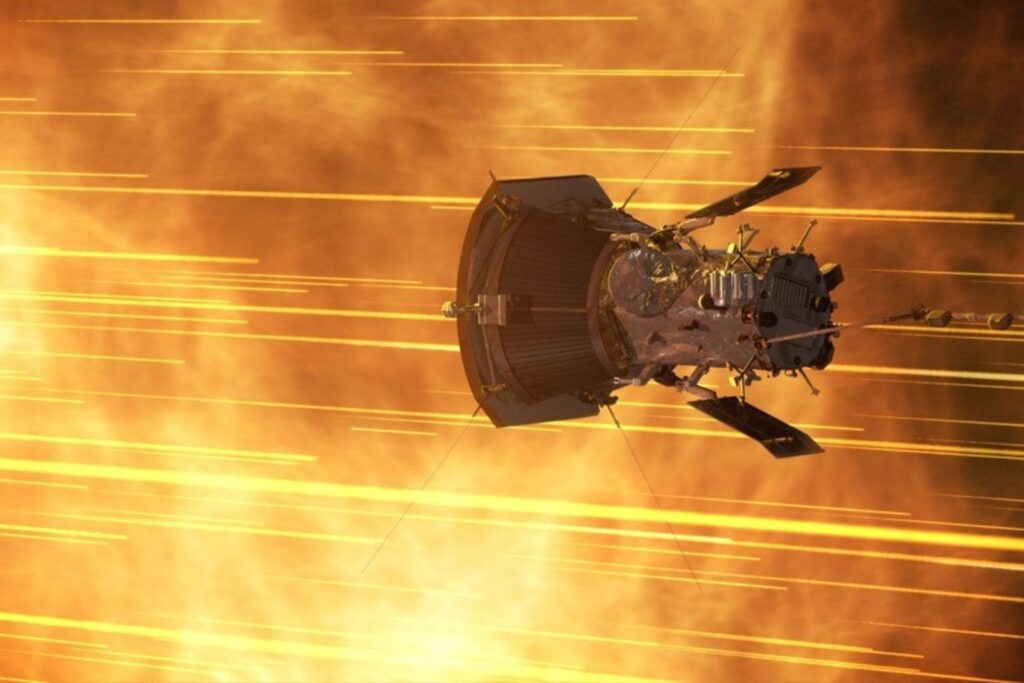The latest Decadal Study for Solar and Space Physics has just been published and is full of news ranging from new missions to plans for space weather.
The report comes from the National Academies of Sciences, Engineering, and Medicine and outlines top priorities for space agencies and affiliated institutions to better understand the solar system over the next decade. The report is based on 450 articles from the scientific community, as well as other events including presentations and town halls.
Decadal surveys are important; They describe scientific objectives for a wide range of scientists. In 2021, the academies described finding Earth-like exoplanets, understanding the densest objects in the universe, and improving understanding of the birth and growth of galaxies as top astronomical priorities.
The following year, the report dedicated to planetary science and astrobiology concluded that a probe to Uranus should be the highest priority mission. Last year, a report from the academies put a sustained human presence outside Earth on the agenda.
This year’s report covered the full range of solar and space physics, including how to better track the dynamic environment of our solar system and better understand the star at its heart.
The report called for NASA to carry out a mission that would launch a constellation of satellites that would observe the space environment near Earth and a spacecraft that would take images of the Sun at its poles. The report identified the National Science Foundation’s Next Generation Global Oscillations Network, a network of solar observatories, as the highest-priority major construction project.
According to the report, future modeling of space weather systems should also use artificial intelligence. Specifically, machine learning-based models of the Sun’s surface could better anticipate flares from the star’s surface, and artificial intelligence programs could quickly assimilate the data, accelerating the pace of discoveries.
“Lack of progress in solar and space physics over the next decade could have devastating consequences for society, in part because it would inhibit our ability to predict and mitigate the potentially harmful impacts of space weather,” said committee co-chair Stephen Fuselier, acting vice president. president of the space science division of the Southwest Research Institute, in a statement from the academy.
“While achieving substantial progress will require modest additional investments by the government, research in these areas is of utmost importance,” Fuselier added. “This report helps provide a window into the future of the field and safeguard a growing range of industries here on Earth, enabling humanity to become a true spacefaring civilization.”
Space weather is a dynamic phenomenon that affects even those of us on Earth; Our planet was hit this year by several intense geomagnetic storms, causing auroras around the world and some electronic disturbances. But in space, these weather events can be serious for equipment that, although protected, is not located within the relatively safe cocoon of our planet’s magnetosphere.
“The field of solar and space physics is at a crucial point right now, and we have the opportunity in the coming years to pursue some really interesting science, both for the sake of science and to make major improvements in our understanding.” of things like space weather. Robyn Millan, an astronomer at Dartmouth College and co-chair of the committee that wrote the report, said in a statement from the academy.
As Earthlings ramp up exploration of our solar system (and, dare I say, beyond?), it’s crucial that governing bodies outline the types of missions and funding needed to take those ambitious next steps sooner. how late The report provides a lodestar for those goals and gives the public something to get excited about.

